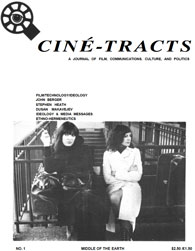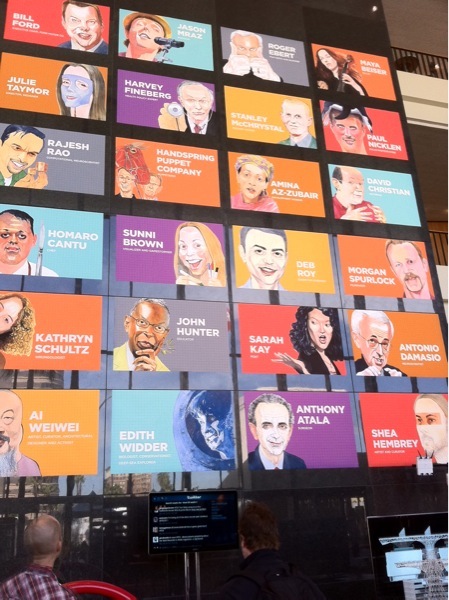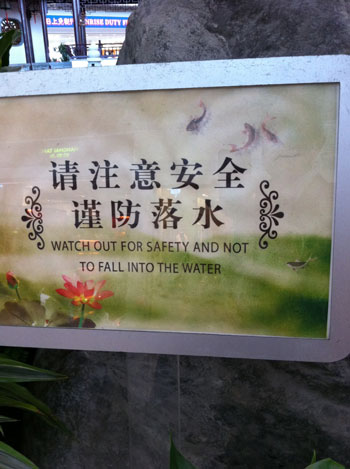
(Note: A day after this blog entry was completed, Arthur Penn, one of the greatest filmmakers of the 20th century died. Big loss for those of us who love the cinema and its history.)
China sits somewhere in between the pre-modern and the postmodern world, or perhaps it might be better to say the pre-modern and the postmodern share the same sidewalks, highways and restaurants. A recent visit to Beijing and Tianjin taught me a great deal about the challenges and opportunities within China today and what this means for Westerners trying to engage with Chinese culture and education.
Beijing is a city in constant motion, surrounded by six ring roads many of which intersect in the most bizarre fashion imaginable. The style of driving says a lot about the psychology of the country today. Cars simply move over when they need space irrespective of whether or not there is room to do so. The goal is to get from one point to another irrespective of the consequences. Cars even drive in the emergency lanes and there are cameras everywhere. Traffic jams are so constant that there is a saying in Beijing, that you can only do one or two things in any given day. This is not only because the distances are so great, but also because for the most part it is just impossible to get from one end of the city to the other in a reasonable time.
The city is full of fascinating juxtapositions. Expensive high-rises and hotels sit astride poor areas that have little or no sanitation and where people live in fear that their homes will be expropriated. The older areas of Beijing are constantly disappearing to be replaced by sometimes innovative and extraordinary architecture and other times by square boxes with small apartments. At the same time, the Central Villa District on the outskirts of Beijing looks like parts of San Diego, only with bigger houses and more international private schools. Contrast this with the Hutongs — areas of Beijing with narrow streets and laneways, small houses, cafés and a vibrant street life and you get a sense of how the city, but also the country is evolving. The interface of old and new is so stark and so intense and so ever present, that the city feels like it is boiling over with sometimes wonderful and often times startling contradictions.
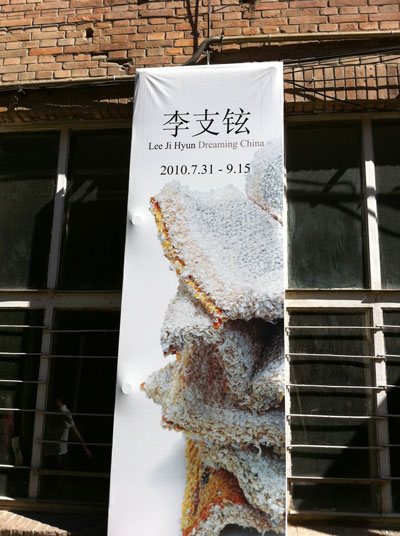
Nonetheless, Beijing is vibrant, full of energy, cultural activity and the pursuit of entrepreneurial success. It feels like a city at the start of a new era. Beijing is discovering its roots and its new direction, just as the country is, but this is also covering over its many contradictions. It is a city defined by pastiche, where imitation rules amidst innovation. Although the past remains dominant, the future hovers like a geodesic dome over the entire population and with so many cars is part of the reason that the city is so polluted. The few historical buildings that remain are like parkland in the midst of urban chaos.
A visit to the district known as 798, which is over 150 acres of buildings and streets and cafés and shops devoted to culture, art and exhibition deepens the interface and also cracks the façade of state authority. Some of the art is outrageous, a mixture of Dada and Surrealism. Some of the art works take images that just a few years ago could not be duplicated because of their supposed sanctity and strips them of their logic, let alone their iconic importance. Contrast this with the guards at the Forbidden City who don’t allow photographs to be taken of Chairman Mao’s red portrait embedded in the main wall of the entrance to the Forbidden City.
The ubiquitous presence of giant LED screens on many of the new buildings attests to the desire for every object to somehow reflect the rush into post-modernity. There has not been enough time for modernity to instill some of its better values into the culture, with the result that there are breaks and cracks everywhere. Bathrooms in the main museum have no soap and no toilet paper and no toilets, just holes in the ground. There is a disheveled look to some restaurants and turn a corner and you are suddenly in the old China. The subway looks relatively new but try and take a train at rush hour!
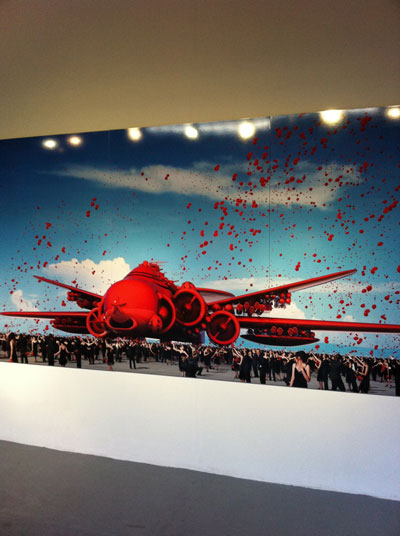
The Silk Market incarnates the ironies of China today. It is in a building that sits on a Subway line with restaurants like Flat White (from New Zealand) serving western food next to large garbage bins, which are constantly being filled and emptied. The market itself is one hundred percent fake. Rows and rows of knock-offs styled for western purses which after a while start to look more and more real. Young Chinese women entreat you to enter into a Faustian bargain with them and they dominate the entire market. They have a carefully nurtured look of naivité as if each buyer is worth a conversation. Buy the fake Marc Jacobs bag! Here is a real Bally purse! Real, real, real! The goal is to break down resistance. The average tourist overpays for junk in order to justify having come there in the first place. The market is designed to hypnotize buyers and it does, but not by waving a key chain in front of your eyes, but by giving you enough mirror images of your own desires that you finally give in. It is voyeurism, narcissism and consumerism that drive sales, not value or even functionality. When a fake Sony camera was thrust into my face, I remarked how real it looked and how it could not possibly last since it was made of cheap materials. I was challenged to prove my point and told that the camera was at least as good as a Sony one.
The antique market further extends the ironies here since for the most part it is trash and treasure and even amidst some beautiful laneways, many of the goods come from India. Some small stores with individual artisans working in wood were striking and it was here that I found myself next to people who might if given the opportunity carve out a new role for Chinese manufacturing.
District 798 of everything that I saw and experienced struck me as the incarnation of the new China where the balance between art, innovation and vision was obvious and not hidden.
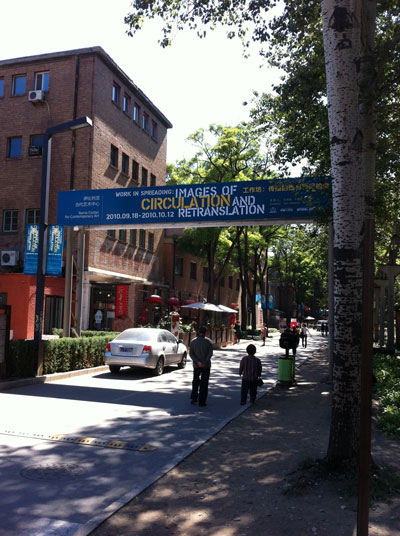
 Thursday, June 16, 2011 at 7:59PM
Thursday, June 16, 2011 at 7:59PM 